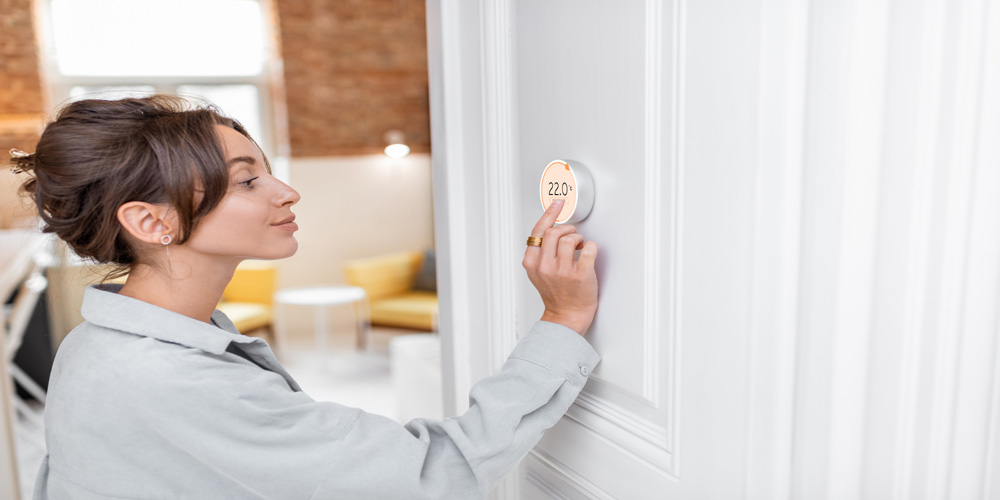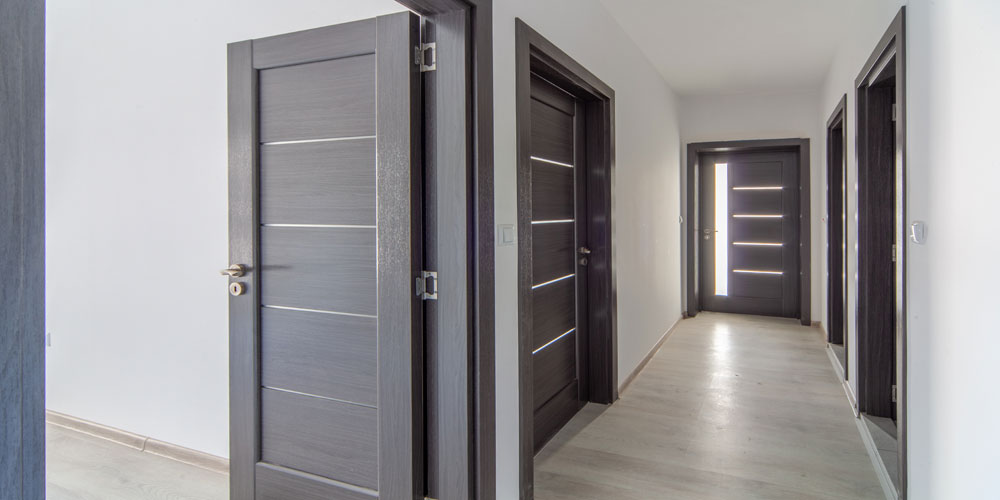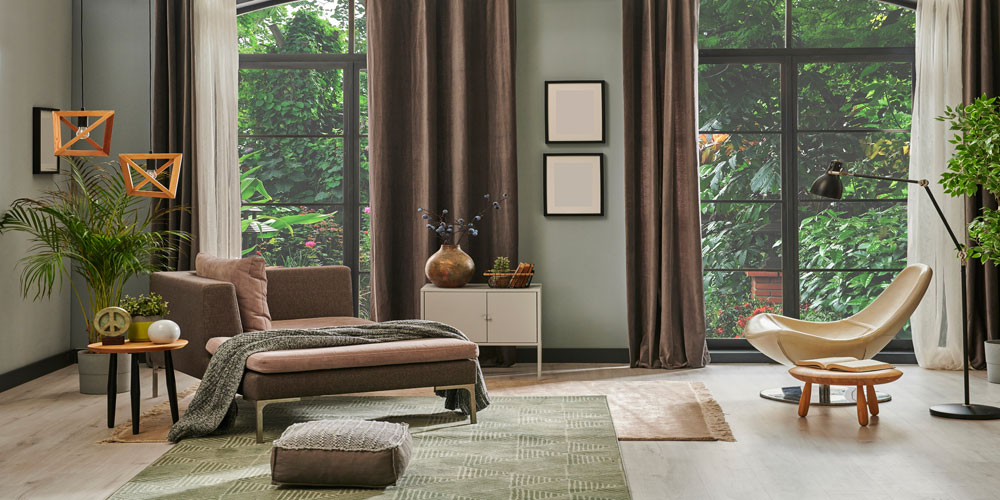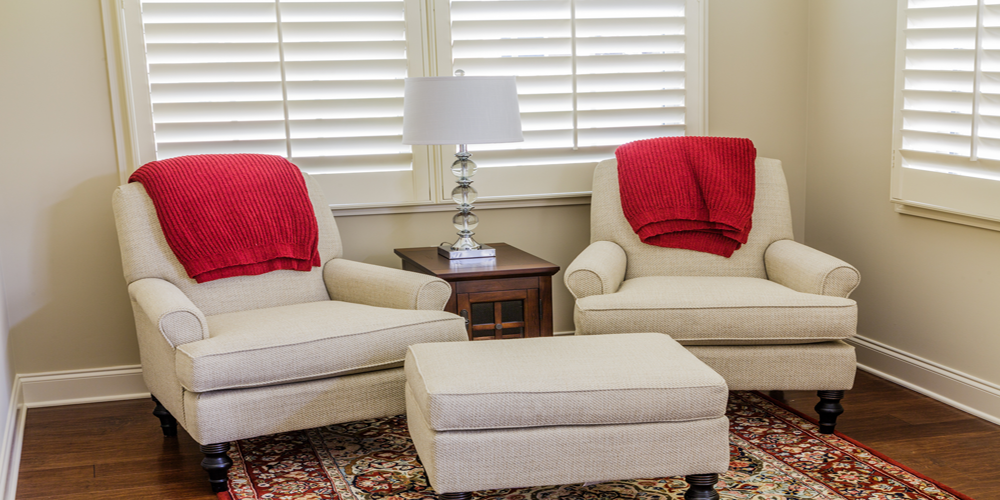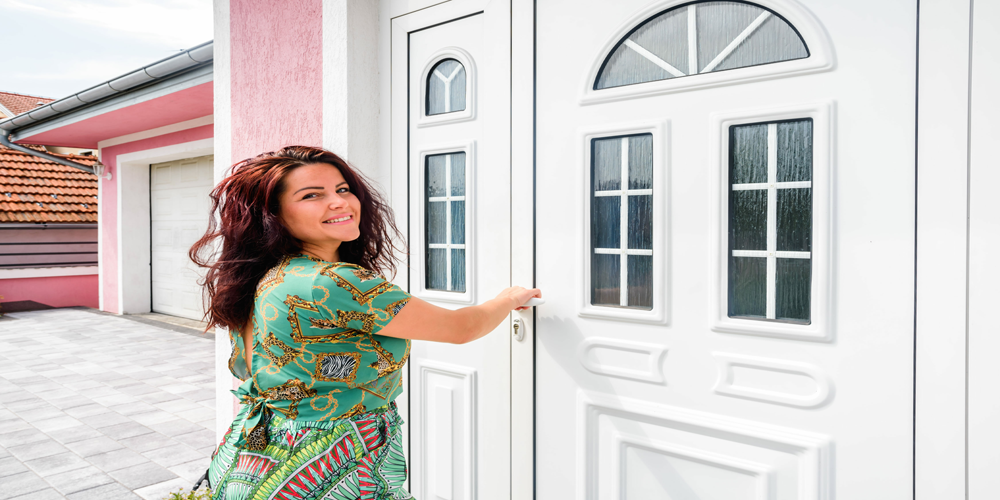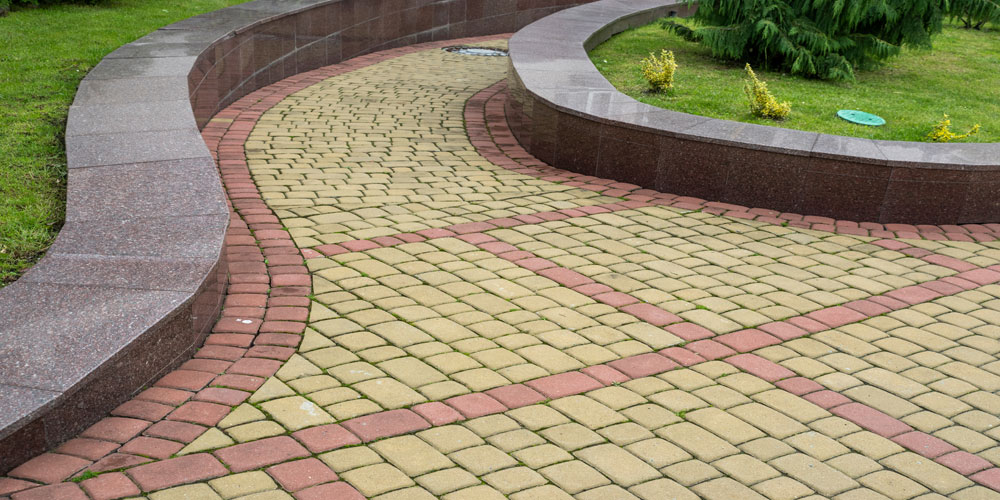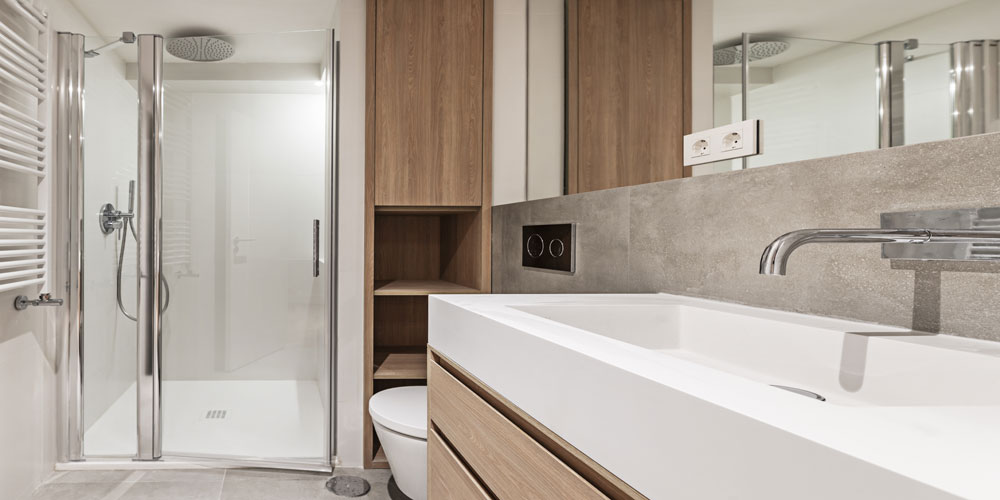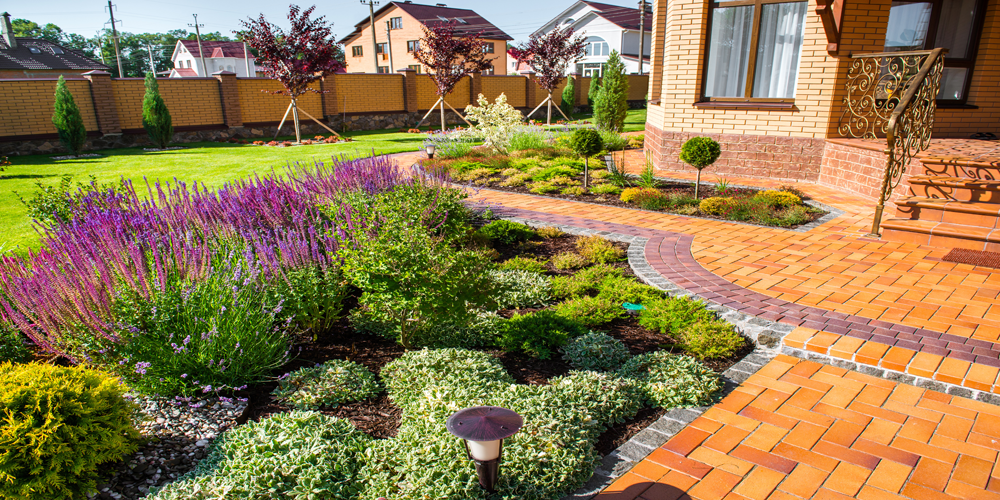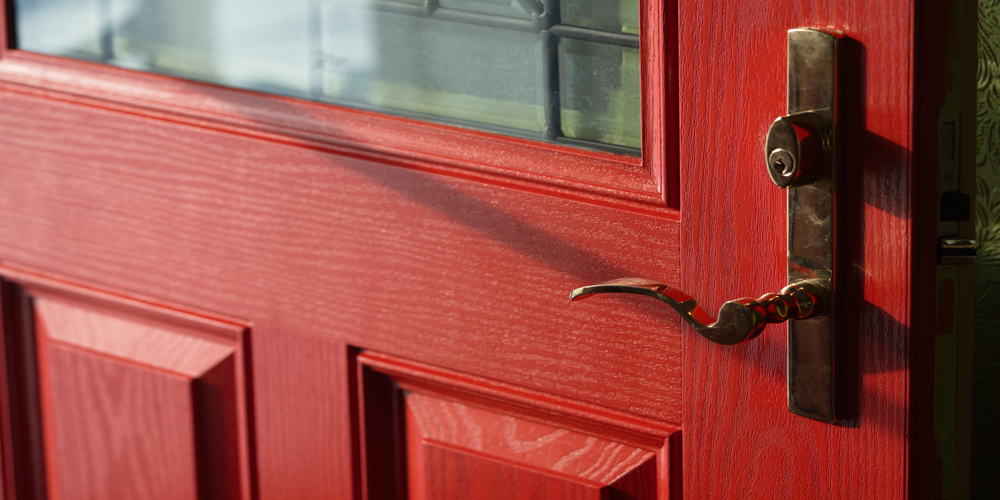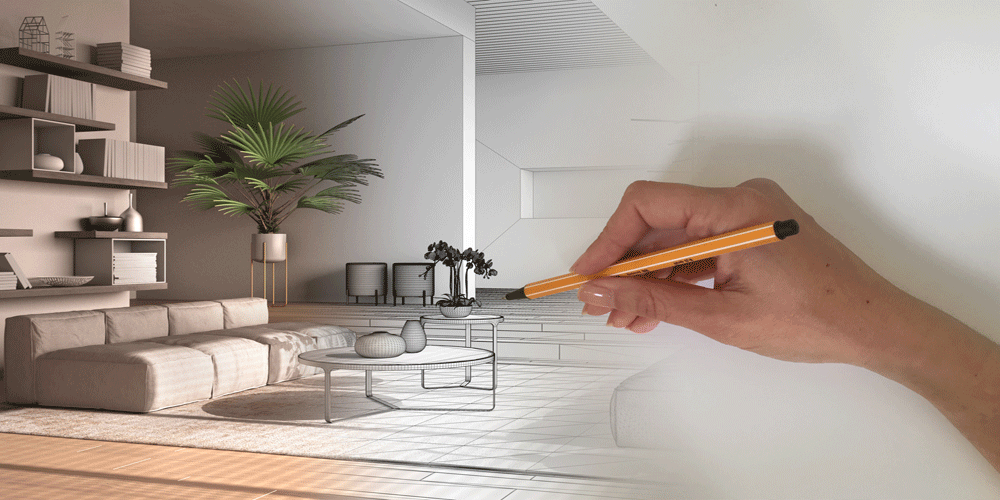Central Heating Changed Everything About Our Homes
Architects might get excited at the thought of knocking through a wall or dreaming up a grand, innovative extension, but over the past 100 years, the most significant influence on the design and use of our homes has arguably been something far more mundane: our heating systems.
In the era of the fireplace, heat did not reliably extend to the whole of a room. Since central heating became commonplace in the UK in the late 1970s, we have become accustomed to the idea that every part of our house should be at a comfortable temperature. When it comes to the way homes look and feel, this was nothing short of revolutionary.
In 1918, the Tudor Walters report laid out expectations for good-quality homes that would be “fit for heroes” returning from the first world war. In these homes it was expected that the living room would be the space in which “the family assembles and carries out the greater part of its indoor life”.
Living in one room was not a compromise, it was the norm. Over the following decades, as technology and levels of comfort changed, our expectations rose. In his research into 20th-century council housing, the historian Matt Watson has documented how, from the 1920s to the 1970s, “heating spread from one living room throughout the home, and from predominantly evening time to morning, daytime and night-time”.
In 1961, the government-commissioned Parker Morris Committee published its first report into the ideal standards for state-funded housebuilding. This report set out an ambitious new agenda for how the British population should be housed. It recommended that in outdoor temperatures as low as -1C, houses should be able to maintain temperatures of 18C in living areas, and 13C in the kitchen and circulation space.
This was a radical proposal, which aimed to make more of the home usable for longer — bedrooms, for instance, were too cold for much of the year and were used for little else than sleeping in. The Parker Morris Committee proposed that there should be space “in every home for activities demanding privacy and quiet”.
“Gas central heating, although offering only insipid warmth in its early days, ‘opened up’ the house and encouraged the use of upstairs spaces beyond the basic routine of washing, dressing and sleeping,” says Kathy Davies, a researcher on Just Heat, an international project that investigates historical heating transitions, at Sheffield Hallam University. “It gave individuals the opportunity for privacy and more choice in where they spent their time.”
Bedrooms, previously cold and damp, became comfortable areas in which to hang out — arguably heralding the rise of teenage spaces
Sonia Solicari, director of the Museum of the Home, London
Central heating was the cornerstone of a wider transformation in British quality of life. Starting in the late 1960s, government funding in the form of “home improvement grants” also helped with bringing toilets indoors, installing hot water and, in more extreme cases of disrepair, refitting entire properties. Our appetite for heat kept growing: in 1970, the average internal temperature in Britain was 12C, according to UK government statistics; by 2010, it had reached 16.9C.
This was more than a change in temperature — it was a wholesale redesign of the cultural and social life of the interior. Central heating, alongside insulation and double glazing, made it more practical to knock through walls and create open living areas. It made the kitchen the main social space, and meant that we could spend more time in bedrooms.
“Suddenly bedrooms, previously cold and damp, became comfortable and cosy areas in which to hang out — arguably heralding the rise of teenage spaces,” says Sonia Solicari, director of the Museum of the Home in London.
On an industrial estate in Warrington, in the north of England, is the National Gas Archive. Among its records dating back more than a century, are hundreds of advertisements for central heating. Working on a research project funded by the British Academy, I have spent hours leafing through them. These easily overlooked documents reveal the conscious effort that went into shaping the atmosphere of our modern homes.
In one black-and-white advert from 1965, a family is seated around a dining table eating together. It is an image of a relaxed middle-class family sharing breakfast. Beneath the image is the caption: “Living space! Suddenly there’s more of it with High Speed Gas central heating (and no need to call in the builders)”. In another ad from the same campaign, a young boy sits in his bedroom in the middle of a circular train track, absorbed in a book about aircraft. This time the caption says that central heating “turns bedrooms into playrooms”. The promise is that you can renovate your home not through rearranging walls and furnishing, but by installing a new heating system.
Central heating was not only practical, it was also sexy. In 1967, the same year that the female contraceptive pill became available to unmarried women, the nationwide transition to natural gas began in Britain. With the availability of whole-home heating, it became possible to enjoy a different kind of intimacy. In one mid-1960s ad, a man in pyjamas brings his wife breakfast in bed. She wears a short-sleeved, lace-edged nightie and leans towards him suggestively. They are poised to kiss. In the corner of the room a radiator looks on surreptitiously, almost winking at the camera.
12CThe average internal temperature in Britain in 1970; by 2010, it had reached 16.9C
What these adverts impressed on me was that the climate of our homes is not secondary to architecture and design; temperature and comfort are fundamental to how we use our homes and, more than that, how we live our entire lives. Another ad from the period presents a young couple leafing through a copy of House and Garden and a weekend newspaper. “No one starting off in a new house should settle for anything less than the total comfort of central heating,” reads the caption. This couple seems to fit the mould of the early gentrifiers, buying and renovating properties in central London and beginning to reverse the postwar shift to the suburbs.
They look like the sort of people sent up in Alan Bennett’s 1966 radio sitcom On the Margin, which featured a couple called Nigel and Jane Knocker-Threw, whose name played on the crucial architectural move of middle-class renovators: removing the partition walls that were previously installed to turn town houses into bedsitters.
In Jonathan Raban’s memoir Soft City, written in 1974, he describes the bohemian lifestyle of young people in London. A life of: “Japanese lampshades, House and Garden, French baby cars, white paint, asparagus tips, Earl Grey tea and stripped pine stereo systems — the reward of success is the freedom to choose a style of elegant austerity”.
But this stripped-back environment relies on atmospheric comfort to work well. In Raban’s own chic apartment, a stray cat moves in after it “took a snobbish shine to the central heating”.
The architectural historian and critic Reyner Banham, in the 1984 edition of his influential book The Architecture of the Well-Tempered Environment, argues that architects have too often viewed the atmosphere as disconnected from the design of buildings. He comments that environmental controls including heating and cooling are “obviously and spectacularly important, both as a manifestation of changed expectations and as an irrevocable modification of the ancient primacy of structure; yet they are the least studied”.
Today the twin crises of cost of living and climate breakdown have drawn fresh attention to the domestic atmosphere. Many otherwise comfortable houses have had a glimpse of the chronic discomfort of those living in fuel poverty as people have opted to heat their homes less to save money. At the same time the climate crisis is putting new kinds of pressure on the home: extreme weather makes it harder than ever to maintain comfort inside.
Britain’s ageing housing stock doesn’t help. One in five properties in the UK was built before 1919, and in 2022, the Office for National Statistics said that age was the biggest factor in predicting energy efficiency — with 17 per cent of UK carbon emissions coming from domestic energy, there is a clear and urgent need to retrofit our homes. At the same time, a gap is opening between the kind of quality of domestic life which people expect and what the nation’s properties can provide.
Design must play a role in meeting this challenge. Forty years after Banham’s book, architecture still focuses too much on how homes look rather than on how their interior climate feels. Too often, temperature, humidity, air quality are all treated as technical challenges rather than critical to quality of life. This means that the solutions offered for both new and existing buildings can seem like an afterthought, even a little boring.
The advertising that sold gas to a sceptical British public in the 20th century understood that new technology needs to offer an improvement to quality of life, not a compromise, or a like for like replacement. The adaptation of our homes in the interest of decarbonisation and energy efficiency is not the dry technical challenge it is often presented as — it amounts to the wholesale redesign of the interior.
Emma Twine, an architect at DK-CM, an architecture, planning and research studio, has expertise in retrofit, including the refurbishment of her own mid-century home. “Thermal comfort comes down to so many factors, such as positioning and spatial arrangement, [and] there’s a limit to how much that can be changed once the building is up,” she says.
With 17 per cent of UK carbon emissions coming from domestic energy, there is a clear and urgent need to retrofit our homes
Instead of continuing to design houses with the same layout and expecting to resolve problems with efficiency and temperature through a sticking plaster approach, circulation and comfort need to be built into houses from the ground up. Because, for the time being, the design of our homes can make them harder to heat, not easier.
“At the moment, the way our homes are designed is impacting on heating — not the other way round, which is a particular challenge given the need to drastically improve the energy efficiency and comfort of the UK’s existing housing stock,” she adds.
One example of a home built with its internal climate in mind is Green House in Tottenham, north London. The property, designed by Hayhurst and Co, features a central atrium which provides natural ventilation — reducing the need for powered cooling.
If the UK is to get anywhere near to the government goal of net zero by 2050, it will probably include the widespread adoption of heat pumps alongside insulation and other efficiency measures. But it might also mean a rethink of the way we separate private homes from public infrastructure.
For example, research by the architect Marianna Janowicz into the health and environmental impacts of humidity, a problem that can be made worse by insulation and poor circulation, advocates for a return to communal laundry facilities, keeping potentially dangerous moisture outside of living spaces. In her work as a Design Museum researcher in residence, Janowicz has argued against “private solutions to public problems”.
In the 1960s and 1970s, it was recognised that central heating would not win the hearts of the public through the promise of technical advancement, but as a signifier of a cultural and social transformation. When we change the way we heat our homes it changes the way we use them. What we need now is a similarly imaginative vision of a new kind of home, one which will be more pleasurable to live in.

